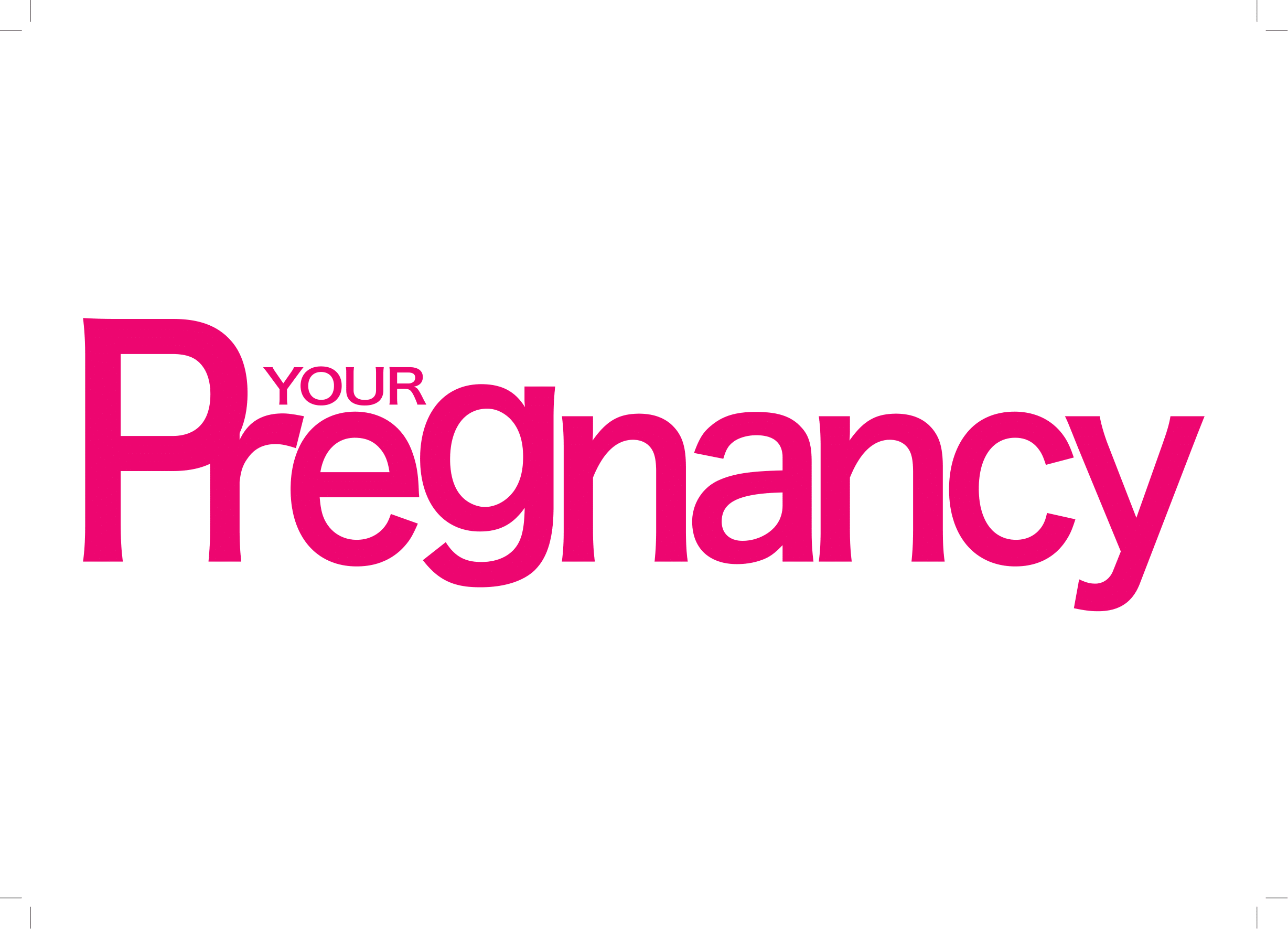
One of the most common myths of pregnancy is that breastfeeding is something that comes naturally and easily to every woman. “Actually it takes a bit of work and a bit of practice, and both you and the baby need to learn how to do it,” says registered midwife Sister Elizabeth Beavon. “Yes, it is natural, and yes, it is the best thing for you and baby, but it’s not spontaneous.”
Preparing beforehand increases your chances of success. “Find a support group, a lactation consultant or a midwife you feel comfortable with. Visit a La Leche League (LLC) group during your pregnancy.
It prepares you so much better if you have support in place before the time, some information you can rely on and a number you can call,” advises LLC leader Leani Khan.
Read: How to latch
Problem #1: Latching
A good latch is absolutely crucial, says Elizabeth. “Breastfeeding should not hurt. If it hurts, unlatch your baby and try again, reposition or adjust your hold to find a better position for both of you,” she recommends.
“Get somebody to help you with those first couple of latches. If the latch is good, you will know when it’s not right and that will give you the confidence to unlatch and start again,” she advises.
If your baby latches just onto the nipple, you will become sore and your baby will get a limited supply of milk. It is the massaging of the areola tissue from your baby’s suckle and the movement of the tongue that draws the milk out. Another important detail is to recognise a good feed.
But, remember, your baby’s tummy is only the size of a marble at birth. During those first feeds, learn to recognise your baby swallowing as he suckles. You will hear a soft sound like “ca-ca”. Once baby is latched correctly, he will suck rapidly at first and then settle into a rhythm of suckling and swallowing.
Your post-birth body: what to expect
When feeding your baby, do lots of skin to skin contact (baby is placed directly on mom’s chest). This will help with spontaneous breastfeeding behaviour. It allows your baby to use his senses and latch onto the breast.
This makes it a more relaxed experience, and the baby feeds when he needs to, not when we he’s forced to, according to a feeding schedule. “It becomes a team effort, and it’s calming for everyone,” says Leani.
Problem #2: Cracked nipples
Cracked nipples can be extremely painful, and are the result of a poor latch. “There should be no pain experienced externally when a baby is suckling. If you feel pain, take the baby off, reposition the baby and latch again,” stresses Elizabeth.
“If you have cracked nipples, get them seen by your GP or gynae and get the right cream. Don’t assume or follow
the advice of friends,” cautions Elizabeth. “Cracked nipples need to dry and heal – warm, dry air helps. You may want to avoid breast pads, which are a moist environment,” she advises. If you have a bacterial infection, you’ll need appropriate treatment from your healthcare provider.
However, if you have cracked nipples, “get help with your latch so that the problem doesn’t recur,” says Leani. “If the latch is good, you will not get cracked nipples, no matter how long the baby is on the breast. And if you fix that latch, it will not be unbearable anymore and you’ll be able to breastfeed, even with cracked nipples.”
Must read: Sore nipples suck: Steer clear of the sting
Problem #3: Engorgement
Engorgement happens when the breasts produce more milk than your baby is taking in. It’s a case of supply and demand, but sometimes there is oversupply as your hormones kick in.
Symptoms include hard, warm, throbbing breasts, flattened nipples (which make it hard for the baby to latch properly), and slightly swollen underarm lymph nodes.
“You need to gently relieve the fullness by feeding your baby or gently using a breast pump or manually expressing by using a downward massage on the breast tissue, but only express a little to relieve pressure; you don’t want to stimulate more milk production,” cautions Elizabeth.
“Avoid engorgement by feeding on demand, which does not mean waiting until the baby cries,” advises Leani. Once you have engorgement, the best way to treat this is to let your baby nurse frequently, recommends Leani, but failing that, cold compresses may help.
“Cold cabbage leaves are not just an old wives’ tale. There is an enzyme released by the leaves that soothes,” explains Elizabeth. Arnica cream or gel can also help with a bruised, full feeling.
Also read: Breasts behaving badly
Problem #4: Mastitis
If those globules that are full of milk stay full of milk, the engorgement can lead to inflammation and develop into mastitis. If your breast is warm to the touch, painful and has red patches or streaks, along with an ongoing higher fever, it’s time to head to your doctor.
You’ll need medical treatment and antibiotics to clear the infection. Usually, you won’t need to stop breastfeeding. In fact, it’s recommended to continue. However, if you have a severe infection and need stronger antibiotics, you may be advised to pump and dump for a few days. “Seek professional help from a lactation consultant to get you through this period,” says Elizabeth.
Problem #5: Thrush
Thrush is a naturally occurring fungal spore that we all have on our skin. When we get stressed, this natural balance can be disturbed, and this imbalance results in a thrush infection, which may be localised to you, or may pass to your baby.
“If you get a sharp, shooting, stabbing pain or red, visible streaks, go straight to your doctor,” says Elizabeth. “Some people describe it as a tingling sensation on the breast,” she adds. You’ll need treatment in the form of an antifungal cream or gel, which the baby can feed from, because it has the dual benefit of treating the baby should there be thrush in thebaby’s mouth or gut.
Find out: Is it thrush?
Problem #6: Blocked milk ducts
You’ll know if you have a blocked milk duct, because there will be a site specific hard lump in that area of your breast, as opposed to engorgement, which is a more all over feeling. Gentle massage and a bit of arnica cream will help, as will a hot cloth on that spot, says Elizabeth. “It’s best to massage it gently while your baby is nursing, as this helps clear the blockage,” she advises.




 Publications
Publications
 Partners
Partners










